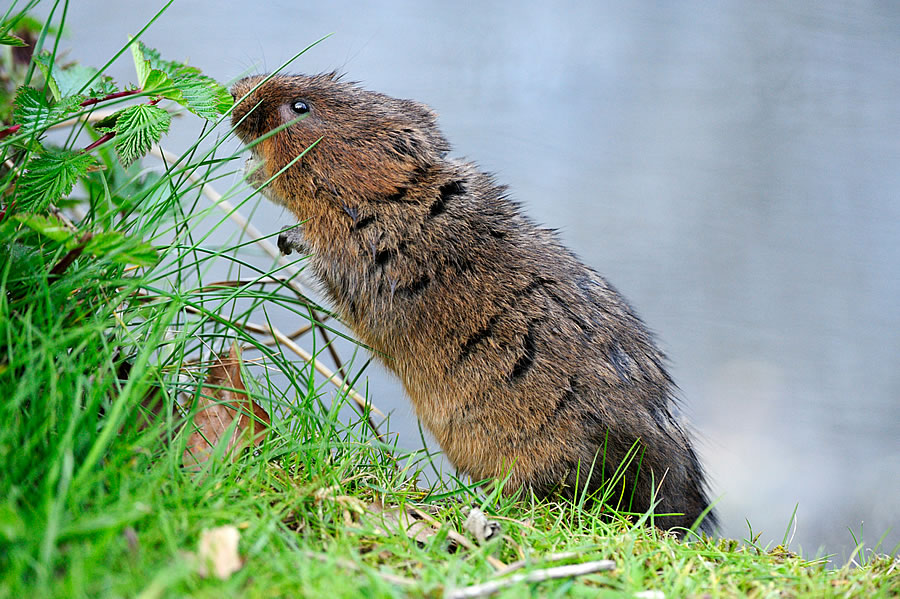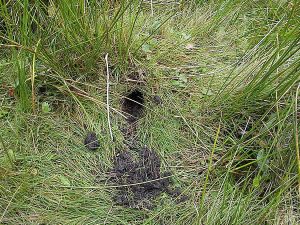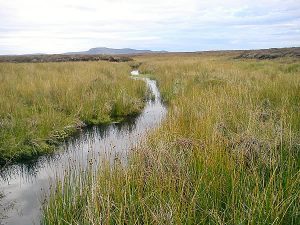
The water vole has suffered a recent drastic decline. Predation by mink is thought to be the main reason together with land-use changes. Water voles live by slow-flowing water either in a burrow system or more rarely in nests of woven vegetation. Upland peaty burns with dense vegetation cover and slow flowing water are ideal for water voles. Other than their burrows, evidence of water vole activity includes collections of droppings (latrines), feeding stations of chopped up vegetation and footprints.
Developments by water will invariably need a water vole survey unless the habitat is totally unsuitable such as steep and fast upland rivers.
Surveys have to be undertaken in good conditions of average or low water levels with no recent heavy rain. Burrows can be found at any time of year but signs are more common in summer. The recommended season for surveys is April to October, but signs are more easily found in April.
There are plans to update the survey protocol (water voles-a preview of new guidelines for survey and mitigation CIEEM In Practice Issue 84, June 2014), and these are likely to recommend two separate visits, two months apart; an early season visit (mid-April to end June) and a later visit (July-September).
Water voles are protected by the Wildlife and Countryside Act 1981, as amended. It is now possible to obtain a derogation license for ‘social, economic or environmental purposes’ which would cover activities that may have a detrimental effect on water voles and which would normally contravene the Act.
Further information

Burrows and droppings of water voles. The river has recently been high and flooded the banks; consequently the burrows are a few metres back from the river and look to be recently excavated.

Ideal Scottish water vole conditions in peatland habitat.

